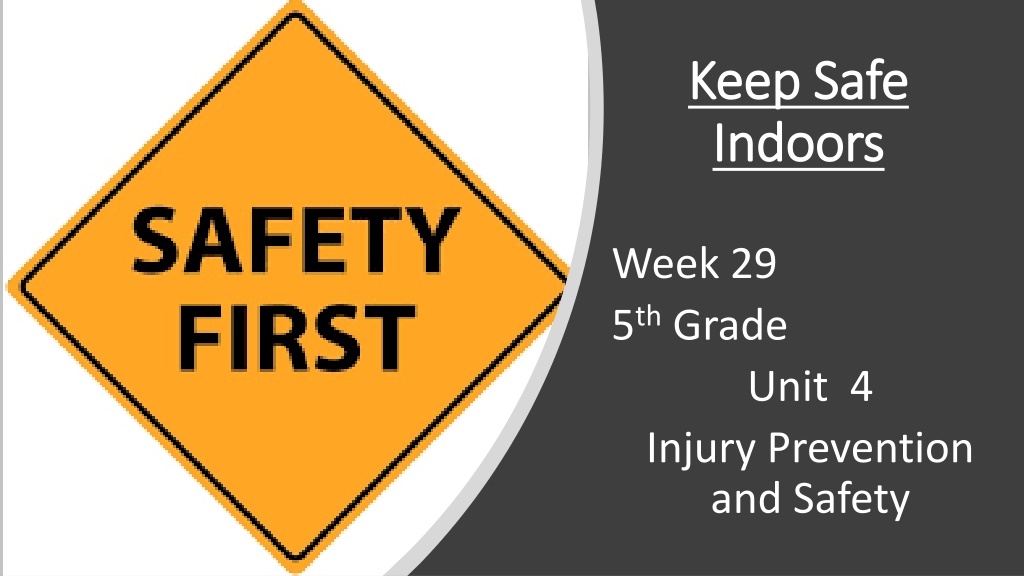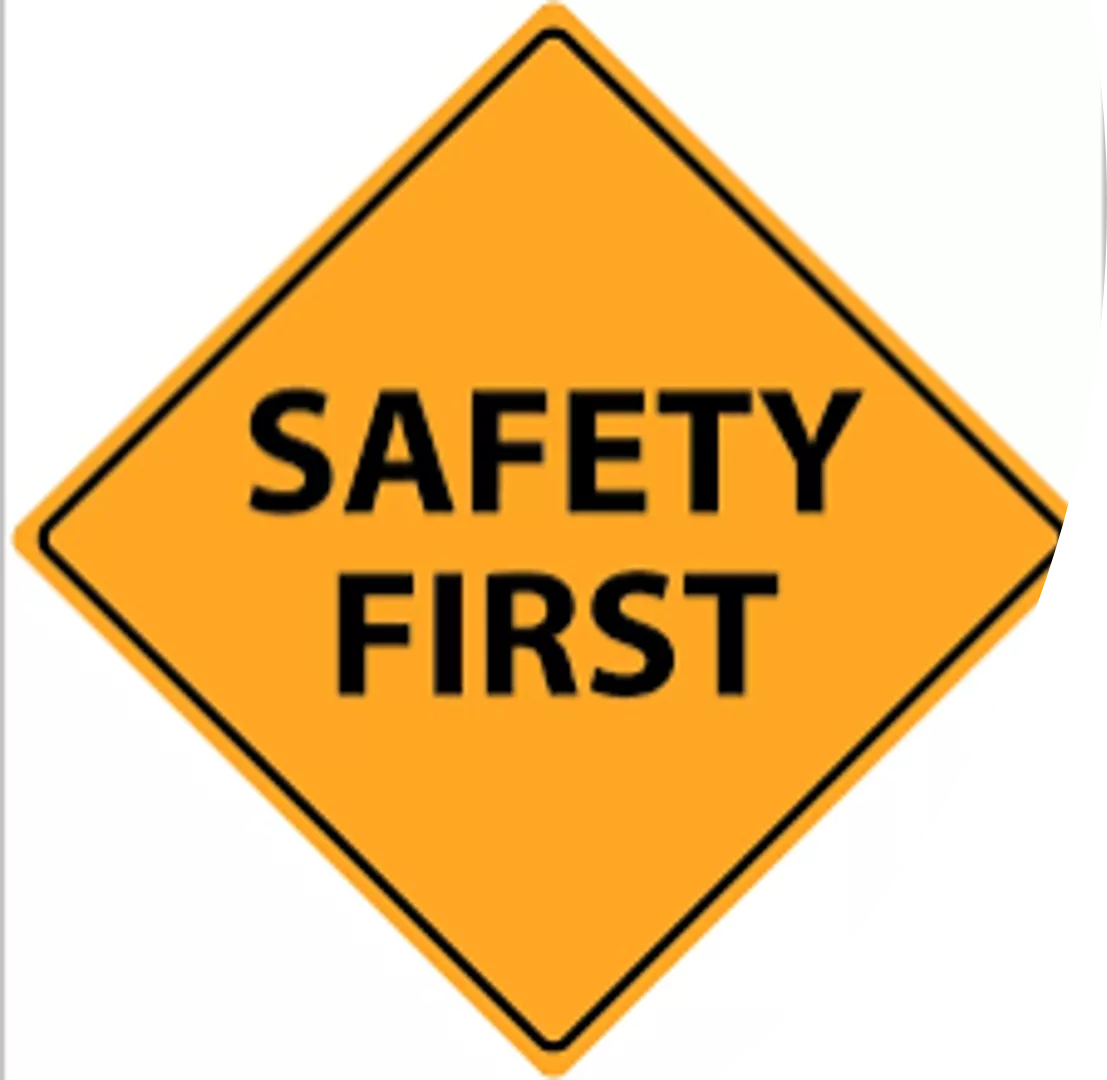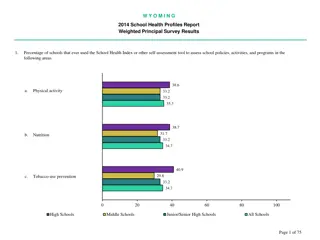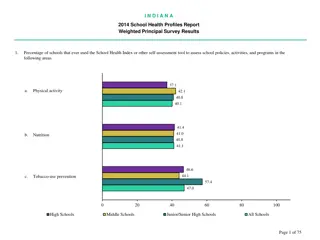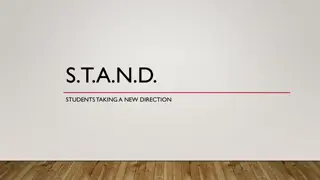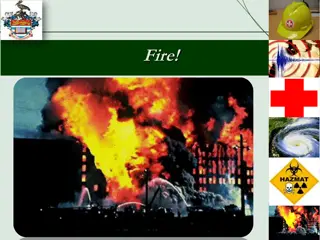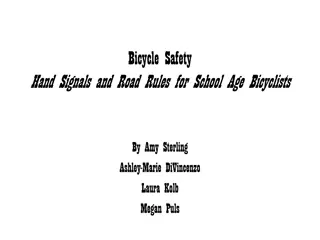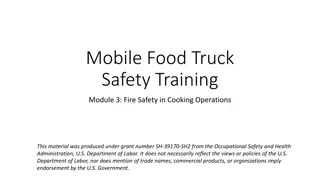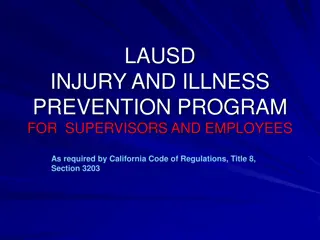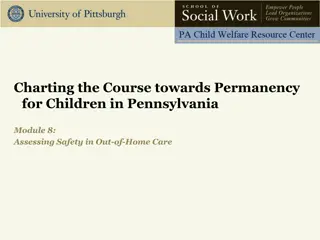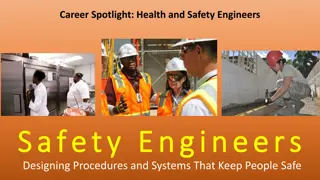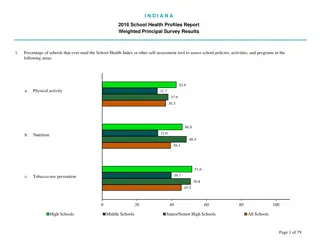Home and School Safety: Prevention Tips for Children
Accidents at home and school can lead to injuries, ranging from minor cuts to more serious incidents. By following safety rules and eliminating common hazards, such as keeping floors clean, securing toxic substances, and using electrical items safely, the risk of accidents can be reduced significantly. Teaching children about safety precautions is crucial in preventing accidents and ensuring a safe environment.
Download Presentation

Please find below an Image/Link to download the presentation.
The content on the website is provided AS IS for your information and personal use only. It may not be sold, licensed, or shared on other websites without obtaining consent from the author. Download presentation by click this link. If you encounter any issues during the download, it is possible that the publisher has removed the file from their server.
E N D
Presentation Transcript
Keep Safe Keep Safe Indoors Indoors Week 29 5thGrade Unit 4 Injury Prevention and Safety
Objectives Vocabulary List ways to eliminate common safety hazards at home. Describe some common fire hazards and some rules for fire safety. List ways to eliminate common safety hazards at school. Goal: Follow safety rules at home and school. Injury Safety Rules Hazard Smoke Detector Fire Extinguisher
Every year about two- and-a-half million children visit the hospital due to a fall. Another 200,000 children are injured on playgrounds. You can help reduce the risk of accidents at home and school.
Safety at home Safety at home Many accidents occur at home. Accidents can cause injury. An injury is harm done to a person. Some accidents are minor injuries, such as a scrape knee or small cut. Others can be more serious, such as a broken bone. These injuries can take a long time to heal. The person who is injured may have to stay home from work or school and need extra care.
Safety at home Safety at home It is important to be safe at home. You can reduce the risk of injury by following safety rules. Safety rules are guidelines to help prevent injury. Many safety rules help avoid hazards. A hazard is something that can cause harm or injury.
Keep floors clean of objects so that people Keep floors clean of objects so that people don t trip and fall. don t trip and fall.
Keep cleaners and medicines in separate cabinets where small children can t reach them. These products can be poisonous.
Use electrical items carefully. Follow directions and don t use them when you are wet. Use power tools only with a responsible adult.
Store medicines in a locked cabinet. This will keep them out of the reach of small children.
Fires and burn injure almost 500,000 people every year. Many fires start by accident. Maybe a pot of food on the stove or an electrical appliance catches fire. Fire Safety Fire Safety
Smoke detectors and fire extinguishers help protect your home. A smoke detector is a device that sounds an alarm when smoke is present. A fire extinguisher is a device containing water chemicals to spray on a fire.
Work with your family to plan what to do if there is a fire. Decide where to put smoke detectors and when to test them. Plan how you would get out of your house if there was a fire. Arrange where to meet once you re out of the house.
Turn pan handles toward the center of the stove. This way you will be less likely to know the pan over or touch the hot handle.
Use potholders when you move a hot pan. This protects your hands from burns.
Never play with matches/lighters because you can accidently start a fire.
Make sure electrical cords don t run under rugs. If the cord is damaged, the electricity can set fire to the rug. Don t plug in too many appliances into one outlet. This can overload it and start a fire.
Dont leave appliances running with no one nearby. Someone should watch the appliance to make sure it doesn t catch fire.
If a fire breaks out, you will need to think and act fast. You can prepare yourself by learning what to do? Ask your family to practice what to do if there is a fire at home and how to exit your home. Pay attention at school when you are having a fire drill and follow the rules of the drill. You should know two ways to get (Exits) out in case one is blocked. In Case of Fire In Case of Fire
Fire at home- What do you do!?
Yell loudly to alert others at home. Yell Fire! and get out.
Dont stop to take anything. It s more important to protect your safety.
Feel whether a door is hot before you open it. If it feels hot, dont open it. There may be fire on the other side. If the door is hot, put blankets or clothes along the bottom of the door to keep smoke out. Open a window and yell for help. Wait for firefights to help you.
Close door behind you if you decide it is safe to leave. This will slow the spread of the fire.
Crawl on your hands and knees if there is smoke. Smoke usually rises. Stay below the level of the smoke so that you don t breath it in.
Meet your family outside. Use the emergency plan you practiced. Call for emergency help after you get out of the building. If you don t have a phone knock on your neighbor s door.
Safety at School
Keep the hallways and aisles in your school clear so that people don t trip.
Dont run in the hallways. It is easy for someone to get knocked over.
Dont push anyone else, especially people who are drinking from water fountains. If you push someone drinking from a fountain, the person could hit his or her head on the fountain.
Tell a teacher if you see a wet floor. Someone could slip and fall.
